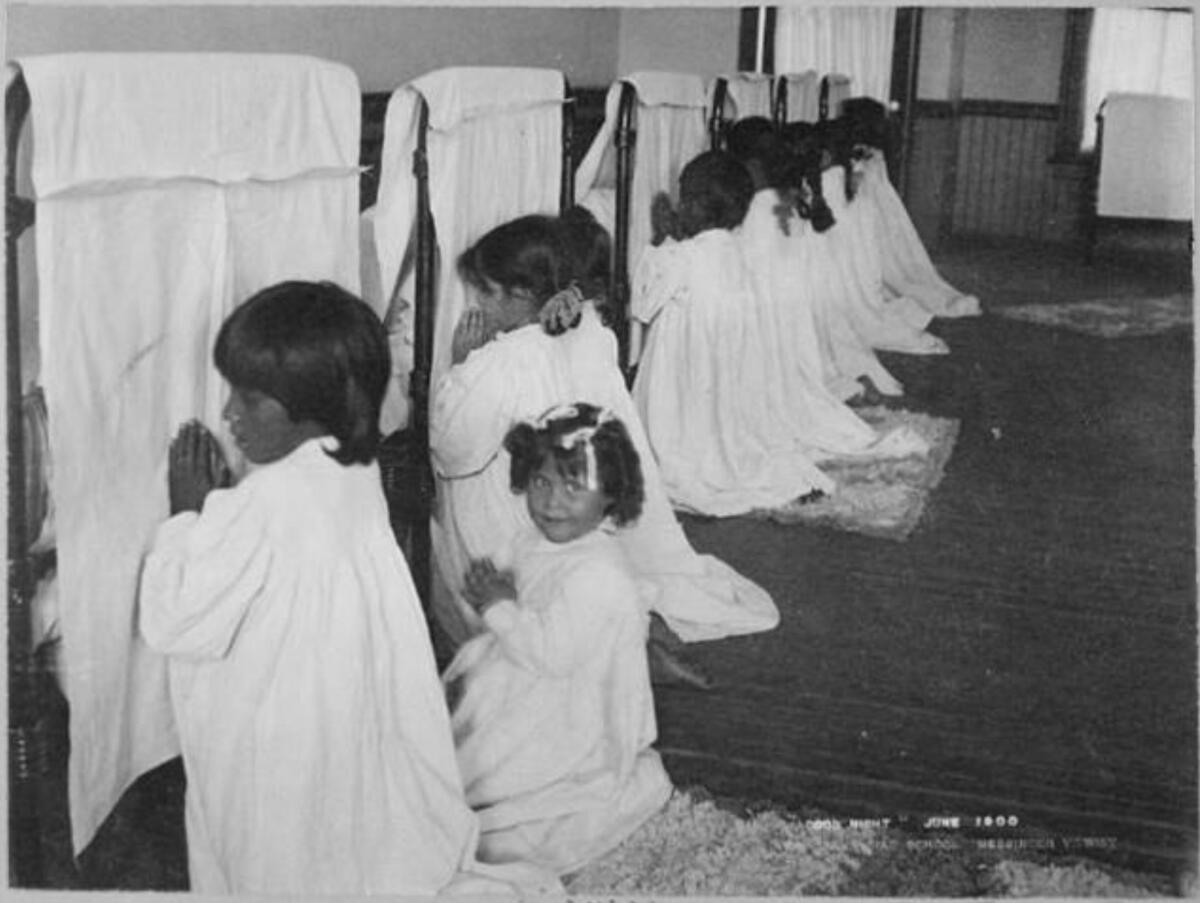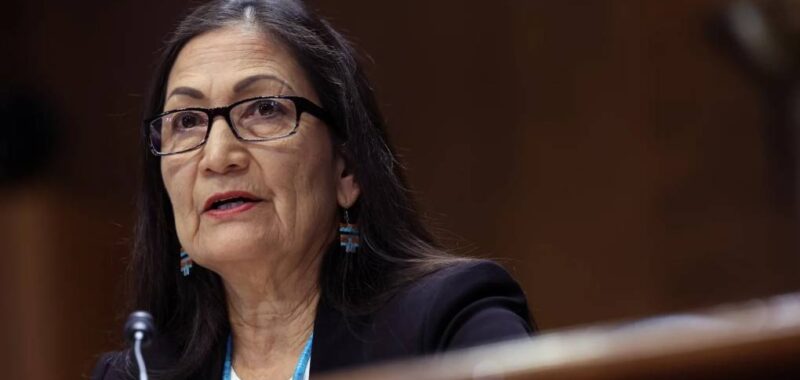“As we have learned over the past three years, these institutions are not just part of our past,” said Bryan Newland, assistant secretary of Indian affairs. “Their legacy reaches us today, and is reflected in the wounds people continue to experience in communities across the United States.”
At the same time, the department continued its investigation, headed by Newland, of government records to compile an accurate record of the toll from the schools’ practices. The final report increased the number of boarding schools in the U.S. from 408 to 417, across 37 states or then-territories. The number includes 22 schools in Alaska and seven in Hawaii.
And the report confirms that at least 973 American Indian, Alaska Native, and Native Hawaiian children died while attending schools in the system. The Department acknowledges that the actual number of children who died while attending Indian boarding schools is likely greater.

“This report further proves what Indigenous peoples across the country have known for generations: That federal policies were set out to break us, obtain our territories, and destroy our cultures and our lifeways,” Newland, a member of the Bay Mills Indian Community, said in a statement,
The investigation also confirms that there are at least 74 marked or unmarked burial sites at 65 of the schools. One initiative proposed in the report is to identify and repatriate the remains of children who never returned home from the schools.
Moving communities forward
In the opening letter of the report, Newland says: “The most important thing is that our work to tell the truth about the Federal Indian boarding school system be paired with action.”
The final report seeks to put a price on that action, arguing that the government could begin to remedy the trauma inflicted in over a century of forced assimilation by investing “on a scale, that is, at a minimum, commensurate with the investments made in the Federal Indian boarding school system between 1871 and 1969.”
In other words, investing $23.3 billion back to the tribes, spread out over a long period of time. The report advocates spending on programs such as family reunification, language revitalization, and Indian education – programs intended to address the ways in which the boarding school system wreaked havoc on tribal communities.
A national memorial to acknowledge the harm to tribes and individuals is one part of the proposed plans. It would serve not only tribal members, the report says, but would also help educate the broader population about the dark time in the country’s history.
Apart from these investments, the report calls on the U.S. government to issue a formal apology, and to continue the work of chronicling this period of history.
“The Road to Healing,” Haaland said, “does not end with this report – it is just beginning.”
Copyright 2024 NPR. To see more, visit https://www.npr.org.

